In 1921, Benito Mussolini made clear the possibility of an alliance with the communists
Observing the coalition efforts forming against fascism within the broader leftist camp—from which fascism itself had emerged as a dissident offshoot of the wider socialist movement—Benito Mussolini delivered a speech on December 1, 1921. On that occasion, he openly raised the possibility of an alliance with the communists against the existing regime, stating:
"Let me say right away that, as far as the fascists are concerned, this would be very difficult and dangerous, for tomorrow, fascists and communists—both pursued by the police—might reach an agreement, setting aside their differences until the time comes to divide the spoils. I perceive that, although there are no political affinities between us, there are many intellectual affinities. Like them, we believe in the need for a centralized and unitary state, imposing iron discipline on everyone—but with the difference that they arrive at this conclusion through the idea of class, while we reach it through the idea of nation."
Thus, although rooted in the same revolutionary tradition, the two movements found distinct paths of expression. While ultimately adversaries in the struggle for power, they demonstrated a capacity to coordinate their actions to initially neutralize the traditional political forces. Once that stage was completed, the revolution could be deepened by whichever faction prevailed, according to its ideological orientation: either by embracing the class struggle between proletarians and bourgeois—as advocated by communism and international socialism—or by reinterpreting that struggle on a broader scale, as a confrontation between bourgeois nations and proletarian nations, resulting in socialist regimes with a nationalist character.
In the Italian case, the National Fascist Party seized the opportunity to lead the revolutionary process and became its central protagonist from 1922 onward.
REFERENCE:
Jacob Talmon, Nation and the Vision of Revolution, University of California Press, 1981, p. 494.
0


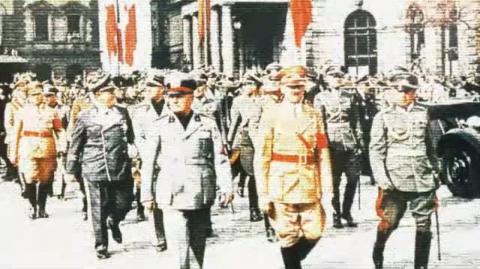
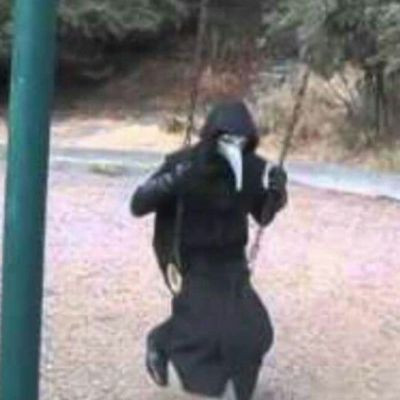 Sant77
Sant77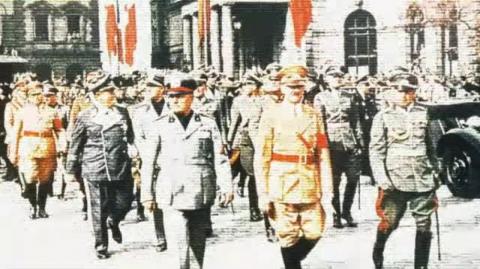
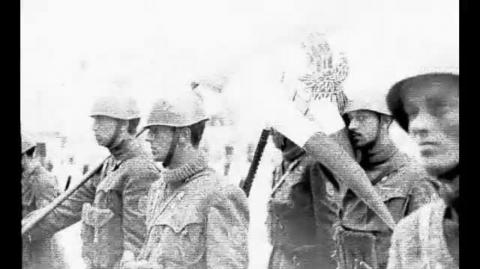
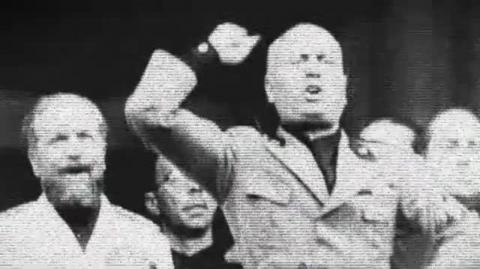
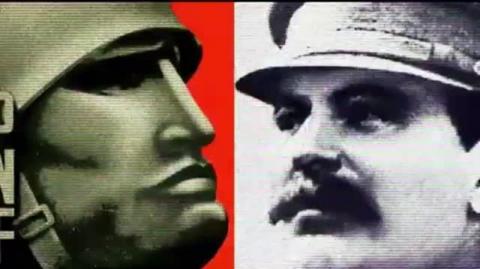
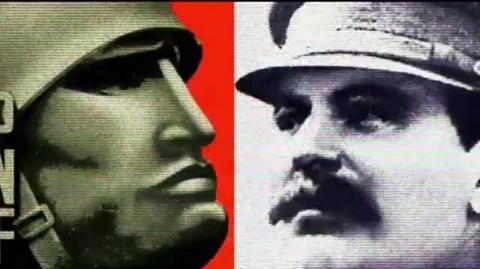
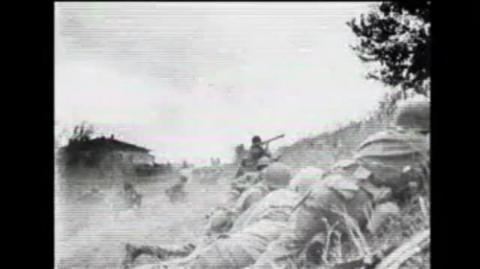
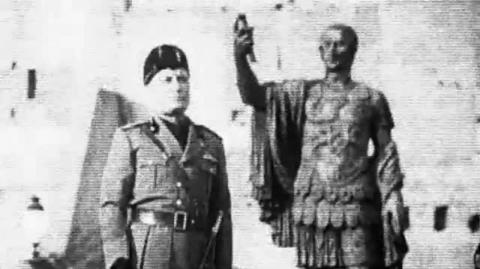
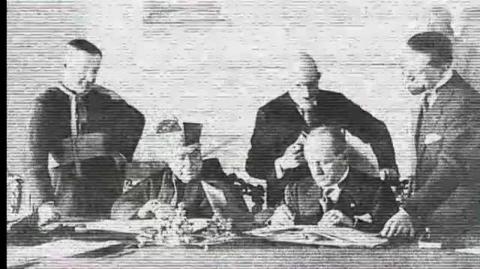
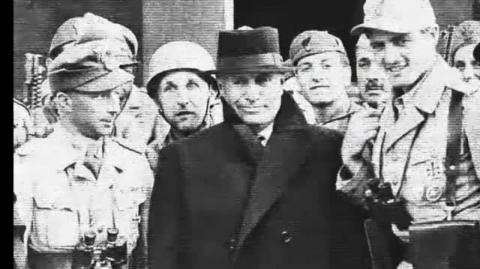

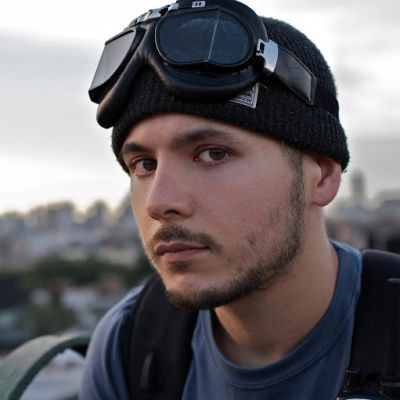 Tim Pool
Tim Pool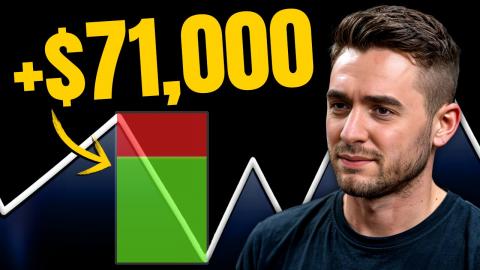
 Matt Kohrs
Matt Kohrs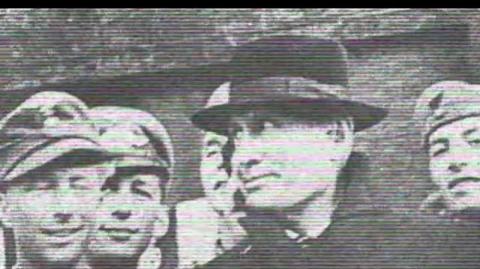

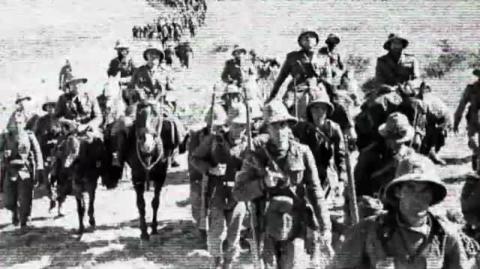
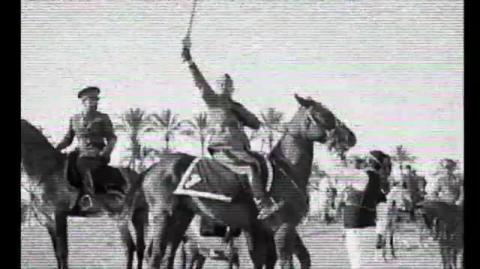
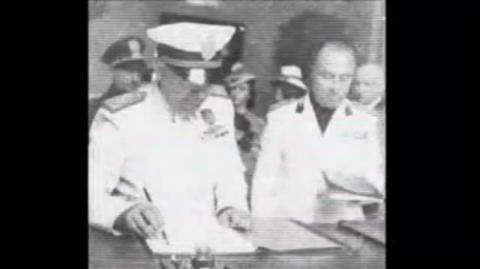
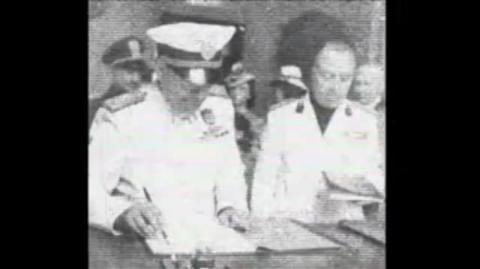
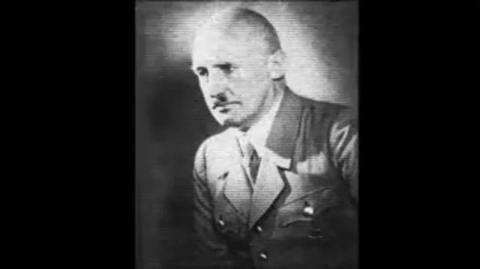
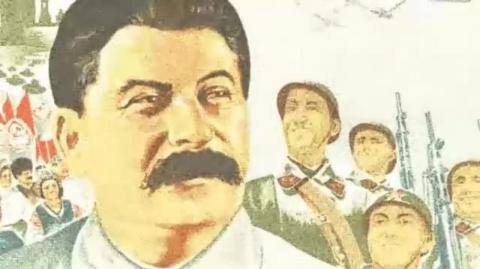

Log in to comment